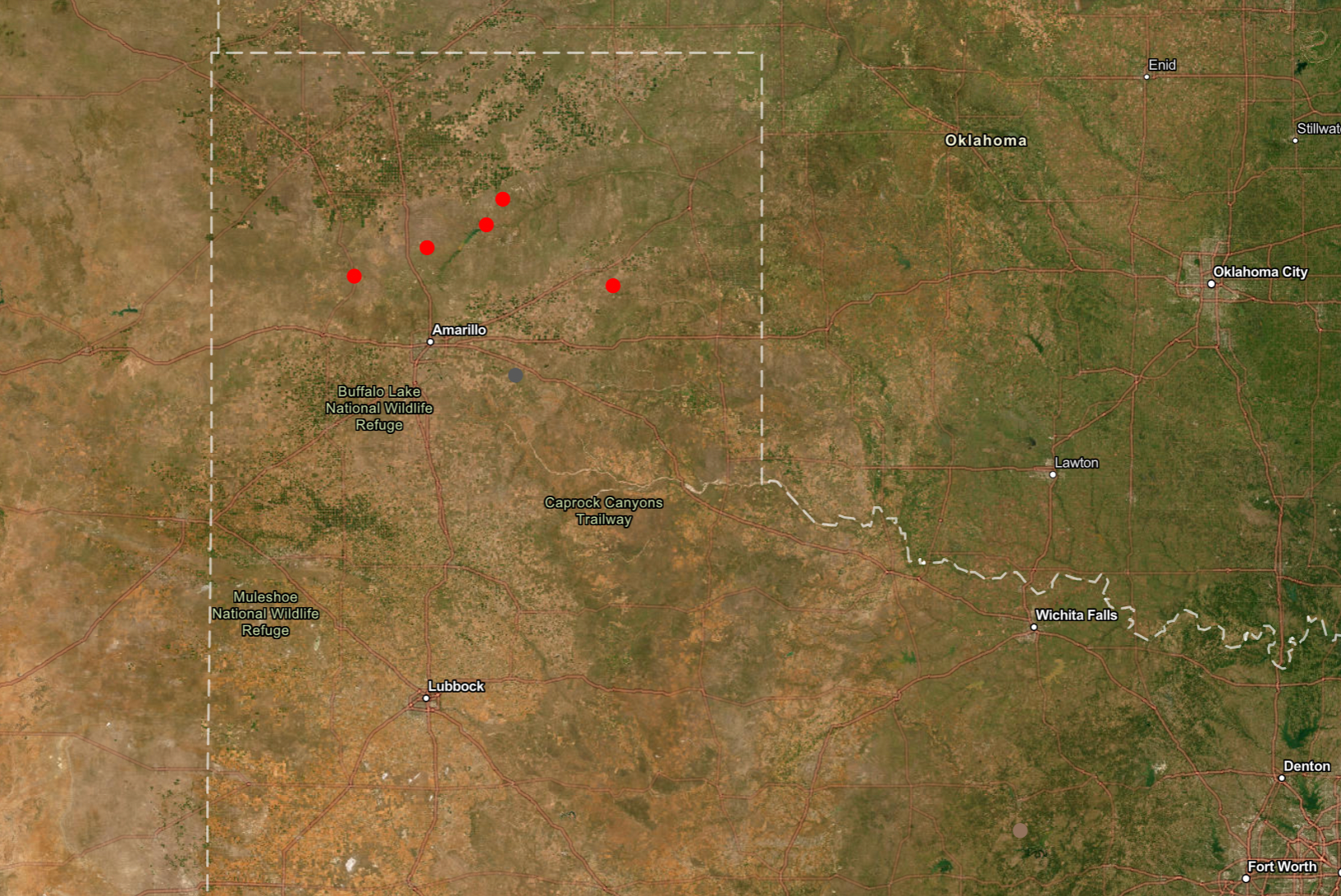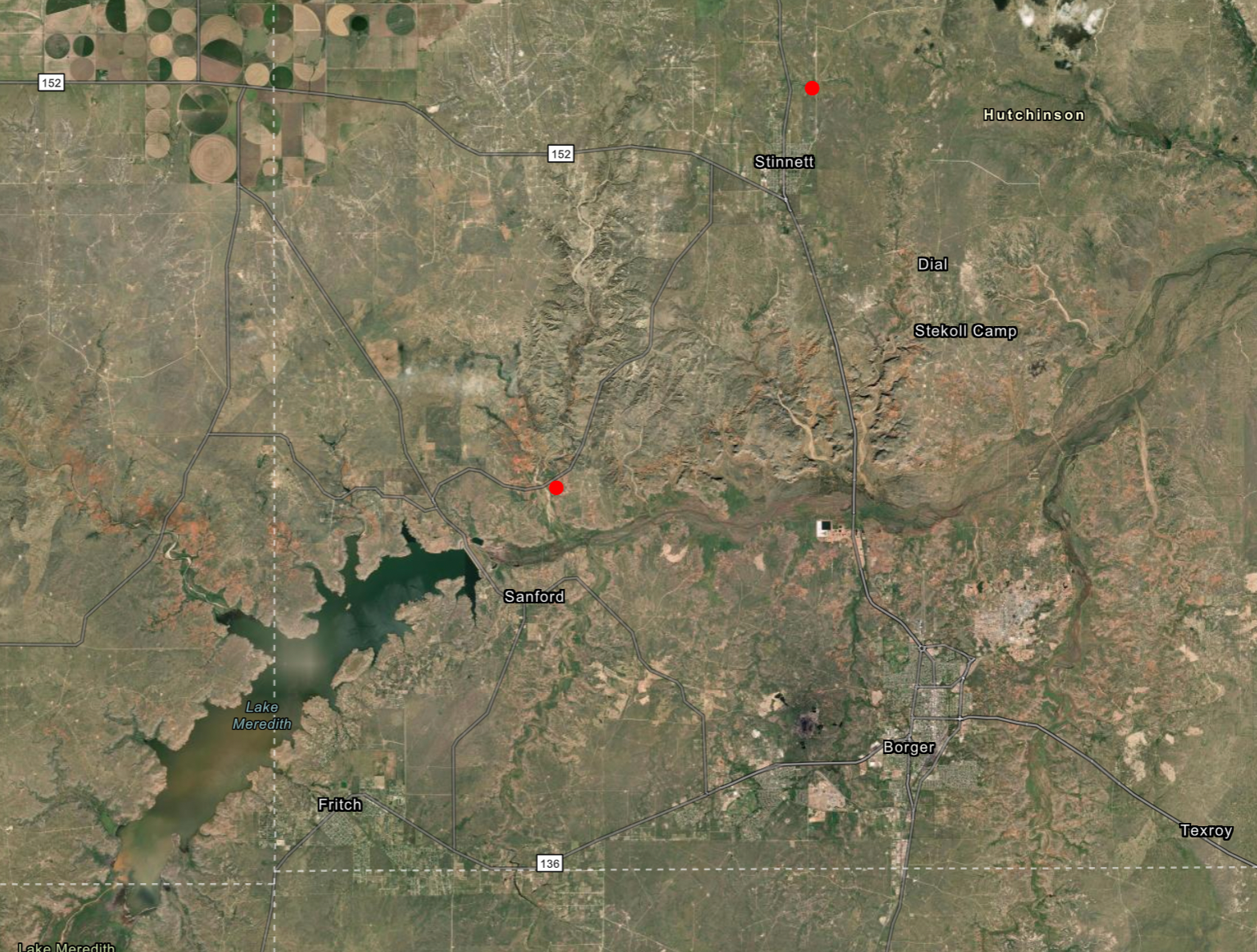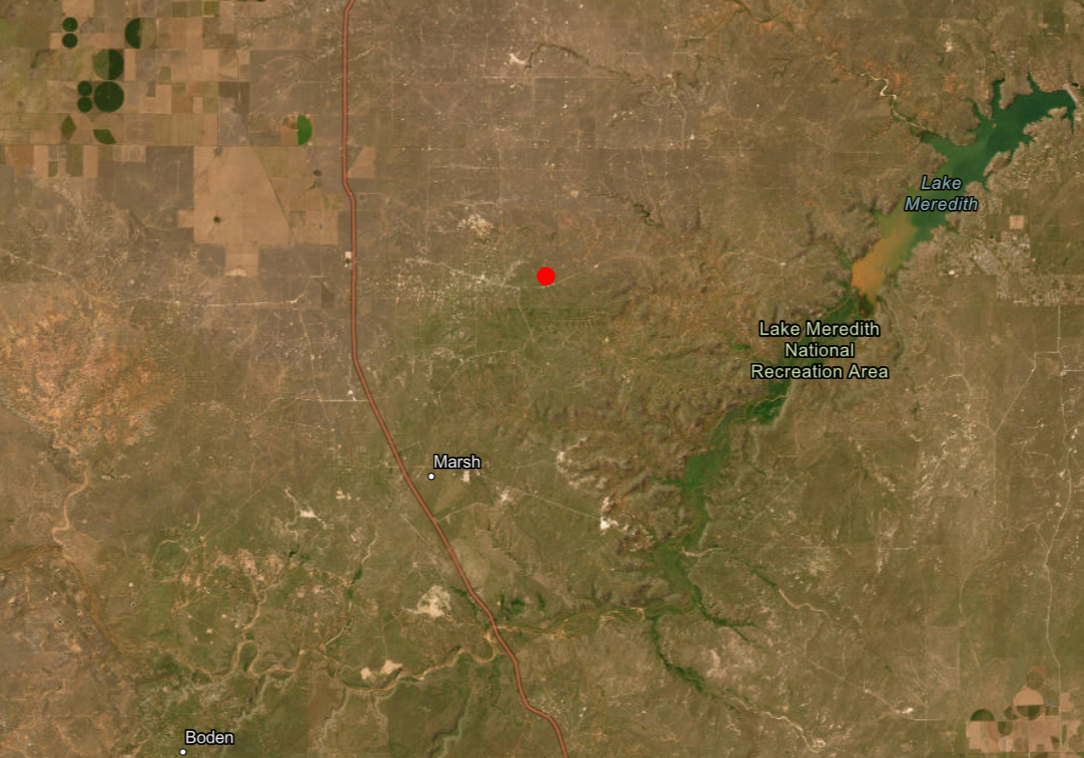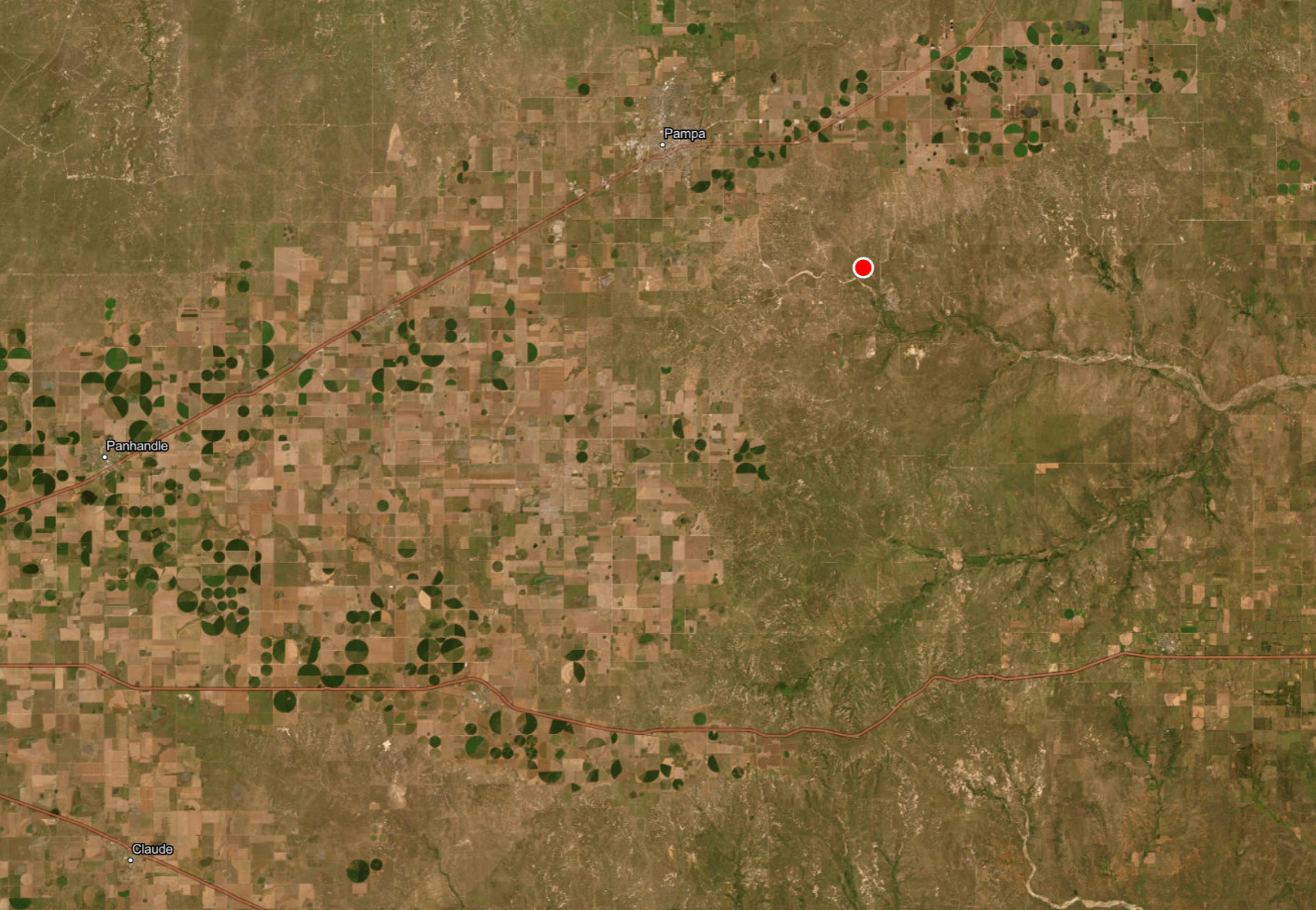Texas wildfires: Map of blazes ravaging the Panhandle
The Smokehouse Creek fire is largest in state history
Your support helps us to tell the story
This election is still a dead heat, according to most polls. In a fight with such wafer-thin margins, we need reporters on the ground talking to the people Trump and Harris are courting. Your support allows us to keep sending journalists to the story.
The Independent is trusted by 27 million Americans from across the entire political spectrum every month. Unlike many other quality news outlets, we choose not to lock you out of our reporting and analysis with paywalls. But quality journalism must still be paid for.
Help us keep bring these critical stories to light. Your support makes all the difference.
Two people are dead after devastating wildfires have burned through more than 1.1 million acres of the Texas Panhandle.
The Smokehouse Creek fire is the largest in state history, according to the Texas A&M Forest Service. It is just 15 per cent contained after five days, according to the Texas A&M Forest Service on Saturday.
High winds and low humidity in the Panhandle are causing “critical fire weather conditions,” and threatening to intensify the monster wildfire, according to forecasters. The fires have also destroyed over 500 structures.
Joyce Blankenship, 83, of Hutchinson County was found dead inside her home on Wednesday. Cindy Owens, of Amarillo City, was found dead after she exited her vehicle for an unknown reason and “the fire simply overtook her” on Thursday.


The Smokehouse Creek fire is the furthest north in Texas but close to the smaller 687 Reamer fire. The 687 Reamer fire is at 10 per cent containment and has burned 2,000 acres.
The Windy Deuce fire, which has burned 142,000 acres and is 60 per cent contained, has scorched southern Moore County. Earlier this week, this fire led to the brief closure of the Pantex Plant, America’s main facility for assembling and disassembling nuclear weapons. The plant resumed normal operations Wednesday morning, according to its website.
The Grape Vine Creek fire is the furthest west, burning 30,000 acres in Gray County. Firefighters have the blaze 60 per cent contained as of Saturday morning.
Meanwhile the Magenta fire, which has destroyed 3,297 acres, is 85 per cent contained in Oldham County.


Texas Governor Greg Abbott issued a disaster declaration for 60 counties on Tuesday as the fires rapidly grew in size. Power outages have also become a major concern for Panhandle officials with more than 40,000 people experiencing blackouts on Saturday.
“When you look at the damages that have occurred here it’s just gone, completely gone nothing left but ashes on the ground,” Abbott said during a Friday news conference in Borger, Texas. He said a preliminary assessment found 400 to 500 structures had been destroyed.
Abbott praised what he called a “heroic” response from “fearless” firefighters.
“It would have been far worse and far more damaging not just to property but to people, but for those firefighters,” he said.
The North Plains Electric Cooperative, which serves large swaths of the Texas Panhandle, said they’ll have to repair about 115 miles of power lines in the wake of the fires.
“We have a few scattered areas and the majority of Hemphill County that are without power,” the company wrote in a statement. “Our goal is to have ALL that are without power restored by Monday, March 4th.”



An official with the Hutchinson County, Texas Office of Emergency Services said prescribed burning helped prevent this week’s fires from becoming worse.
“You can see where we did our prescribed burns previously, how, thankfully, our wildland team did that, because that saved a lot of people’s properties,” the spokesperson said on a Facebook live video. “I know we couldn’t save everything.”
Late last year, Texas officials conducted a prescribed burn in Hutchinson County, which prevented this week’s fires from spreading into the southern parts of the town of Borger, CNN reports.
Prescribed burns are fires intentionally set in controlled areas to destroy fire fuels like dried-out grass and leaves. Indigenous communities have used this practice for millennia and have long advocated for the US government to adopt it in fire-vulnerable areas.

Join our commenting forum
Join thought-provoking conversations, follow other Independent readers and see their replies
Comments